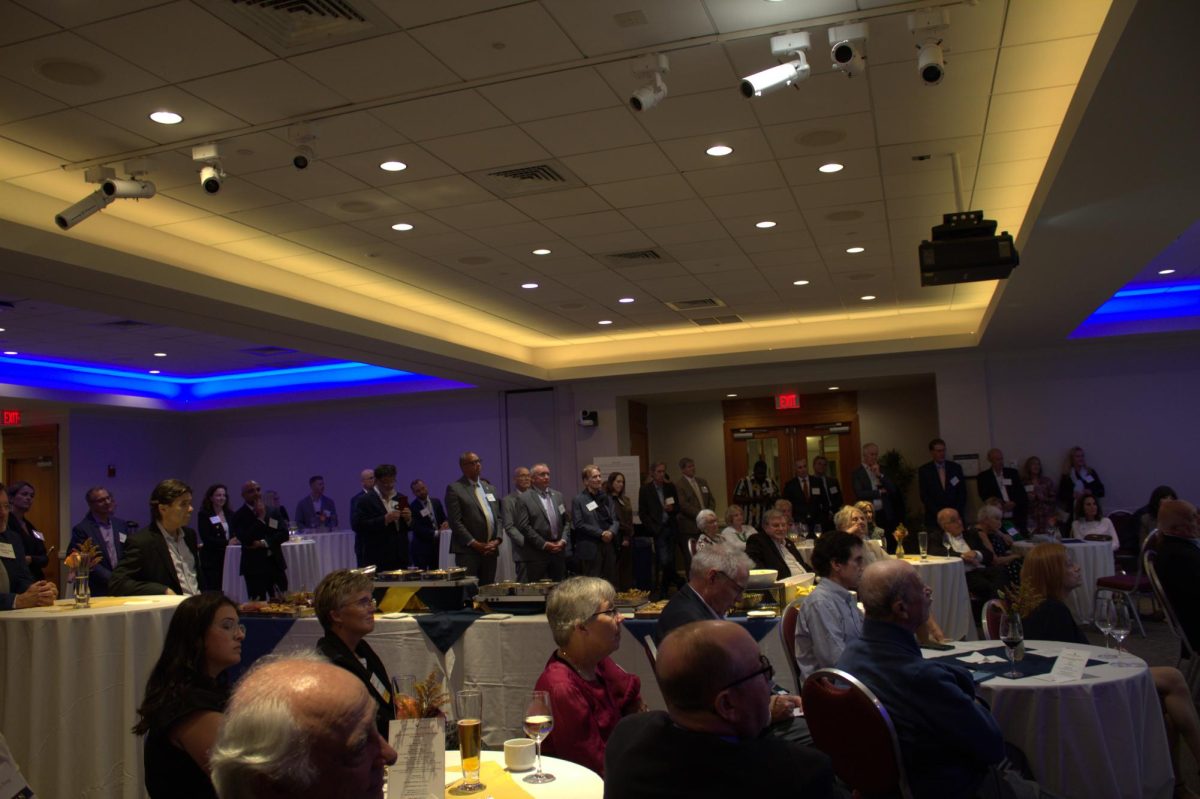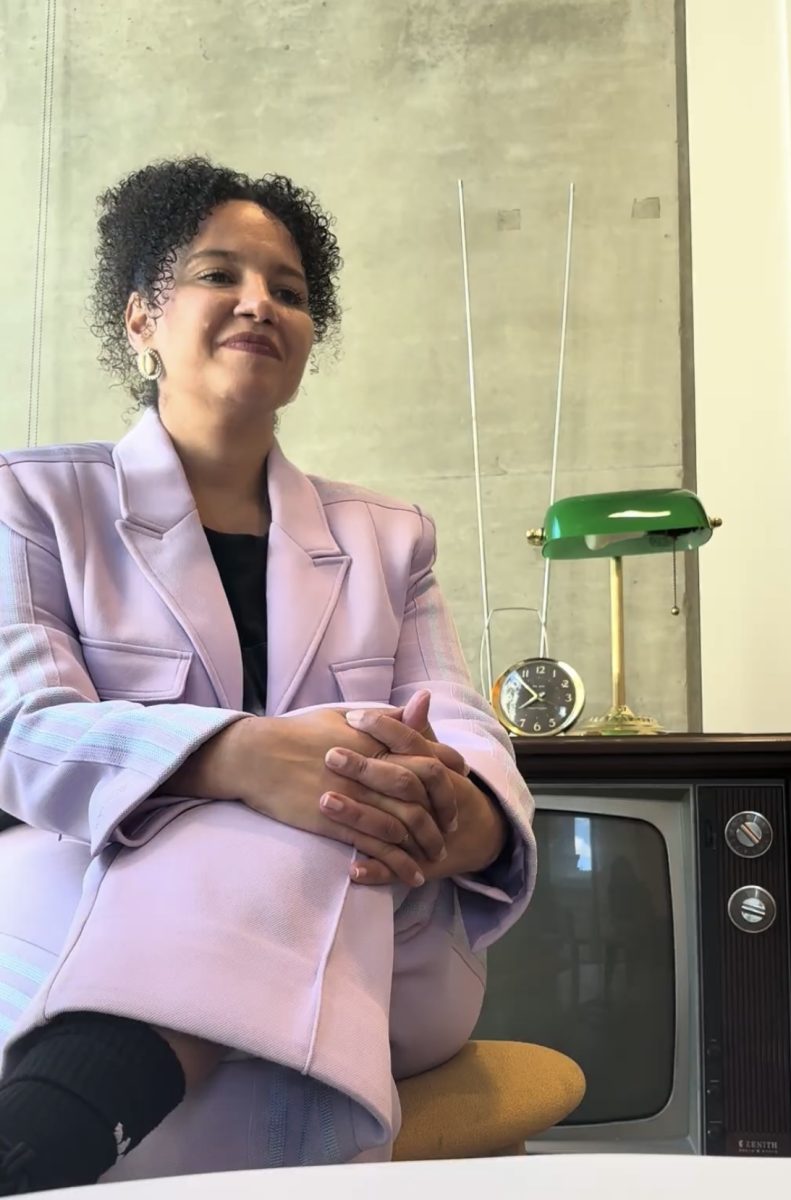Article by: Jennifer Orr
This article is continued from last week’s “Adderall use a growing problem among students.” Part Two focuses on a Suffolk junior who is called Sarah for the purposes of this article.
“Prescription medication is up because it’s too easy to get medicated,” Sarah said with the confidence of a pill guru. “Everybody wants a quick fix to be cured. It’s the drug looking for the disease. Now, you know what drugs you want, so you invent the disease to get them. I don’t have ADD, I like Adderall, and so I pretend. I know the system.”
Sarah’s familiarity with prescription stimulants is not from reading up on drugs in textbooks. Rather, it is from years of dealing with doctors and therapists in New Hampshire who just didn’t really know what they were doing.
“I think in seventh grade ,when I was diagnosed with ADD, that that was the beginning of the time when doctors were looking to have the quick fix for everything. I think that’s when everyone started getting really excited about pills. ‘Pills – fix the problem. Pills – fix the problem. You’re not paying attention? You’re not doing your homework? Pills – fix the problem.’”
She was initially prescribed Ritalin and recalls her first experience with stimulants as being surprisingly and wonderfully effervescent. She told her mother how she felt great and really noticed everything with wider eyes and heightened senses.
“Looking back I realized I was just speeding, you know? I was out of my tree.”
Sarah used Ritalin and Concerta for 12 months before further testing indicated that she did not in fact have ADD. Not knowing exactly how to deal with misdiagnosing a child and wrongfully medicating her for a year, the doctors decided that if the pills were helpful, she could continue her prescription. So, they left an important medical decision in the hands of a 13-year-old girl.
“It was that one diagnosis in seventh grade that opened the doors because without it, I have no reason to be on any medication. I don’t have ADD. I have… I love speed. That’s what it is.”
The doctors were so eager to have a quick fix for her problem that they did not bother to find out what was really going on. She actually has bipolar disorder, obsessive compulsive disorder, and anxiety issues that were diagnosed by a doctor. Amphetamines do not fix any of these problems.
She took a break from medication until her sophomore year of high school, which was when things really started to pick up before they spiraled down. She easily obtained a 10 mg prescription for Adderall from her doctor in New Hampshire and once again felt superhuman capabilities. But this time it was different; it felt like forbidden fruit. It was a controlled substance, a real stimulant in her eyes, unlike Ritalin or Concerta, whose effects are whimpy compared to almighty Adderall.
At first, she hated it. It didn’t feel good and coming down from the drug was an awful crash, especially because it was unnecessarily prescribed. But while it was working, so too was she – both at rapid paces.
In time, Sarah had grown accustomed to Adderall and from her sophomore year of high school to sophomore year at Suffolk, she learned a great deal about prescription drugs and the ways to legally obtain them.
She had taken a tour through the world of psychiatry and “all the lovely therapists and doctors I have to thank for this new fanaticism, this habit.” She decided she wanted a sedative prescription to offset the anxiety she felt, much of which was from Adderall.
Her doctor said he could not prescribe her anything, but knew somebody who could. Enter Jane: the “pill-pushing” (and conveniently anonymously-named) nurse practitioner who started it all.
It was two years ago when Sarah went to Jane seeking a prescription for Klonopin, a medication for panic disorders. “It was like ordering take-out. I knew about pills, I had experimented with them. I told her I wanted 0.5 mg of Klonopin twice a day. Done.”
“How about we talk about your other feelings?” Jane asked.
“I think I might be depressed,” Sarah replied.
Zoloft. Done.
To read this article in it’s entirety, go to thesuffolkjournal.com






